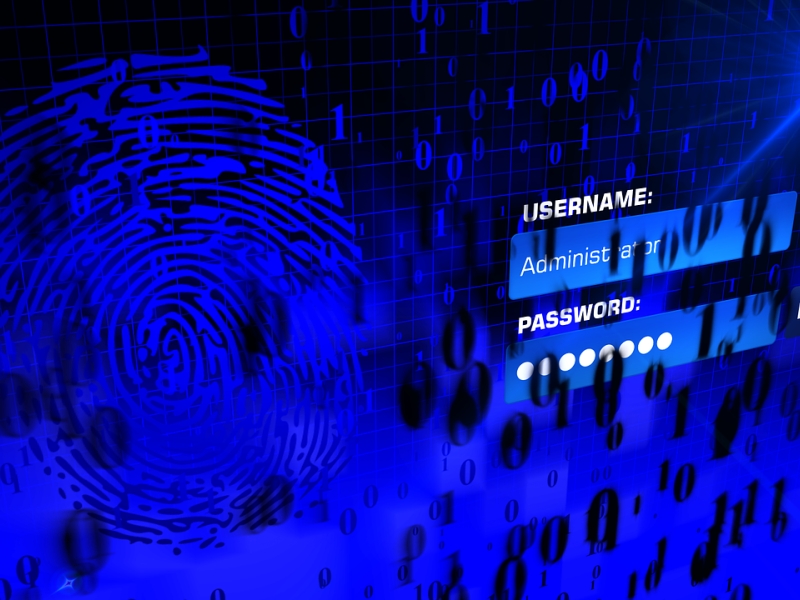In the pursuit of sustainable technological advancements, the seemingly disparate fields of law and mathematics play pivotal roles. This article explores how legal frameworks and mathematical principles together shape and propel sustainable innovations in technology. From guiding ethical standards to enabling precise environmental impact assessments, the intersection of these disciplines is crucial in forging a path toward a more sustainable tech future.
Part 1: Legal Foundations for Sustainable Technology
The journey towards sustainable technology is deeply intertwined with legal frameworks. Laws at both international and national levels play a crucial role in shaping the development and implementation of eco-friendly technologies. For instance, the Paris Agreement, a landmark international treaty adopted in 2015, has been pivotal in driving global efforts towards climate change mitigation. This agreement has spurred technological innovations aimed at reducing carbon emissions, with many countries enacting laws that incentivize the development of renewable energy sources and green technologies.
A case in point is the European Union’s stringent environmental regulations, which have led to significant advances in sustainable technology across various industries. These laws often set ambitious targets for carbon reduction and energy efficiency, pushing companies to innovate to comply with these regulations. One notable example is the automotive industry, where stringent emission standards have accelerated the development of electric vehicles and cleaner combustion technologies.
Part 2: Mathematics: The Language of Sustainability
Mathematics serves as the foundational language in quantifying and addressing environmental challenges. Mathematical models are crucial tools in measuring and predicting the environmental impact of various technologies. These models enable scientists and engineers to simulate complex environmental interactions, assess the sustainability of different technologies, and optimize their design for minimal ecological impact.
For instance, in the field of renewable energy, mathematical modeling is used to maximize the efficiency of solar panels and wind turbines. By calculating the optimal angles for solar panels throughout the day or determining the best locations for wind farms, mathematics plays a vital role in enhancing the performance of these sustainable technologies. Similarly, in waste management, mathematical algorithms are employed to optimize recycling processes and waste-to-energy conversion, reducing the environmental footprint of waste disposal.
Part 3: Interplay Between Law and Mathematics in Tech
The relationship between law and mathematics in sustainable technology is symbiotic. Legal standards and regulations are often established based on findings from mathematical models and environmental data. This interplay ensures that laws are grounded in scientific reality and are effective in achieving their environmental goals.
For example, the setting of emission standards in environmental legislation is often based on mathematical models that predict the impact of pollutants on air quality and public health. These standards guide the development of cleaner technologies, such as low-emission engines or industrial processes that minimize environmental harm. Furthermore, compliance with these laws often requires ongoing mathematical analysis, as companies must regularly monitor and report their environmental performance using quantifiable metrics.
Part 4: Ethical Considerations and Future Challenges
The development of sustainable technology is not only a legal and mathematical challenge but also an ethical one. Ethical considerations play a crucial role in guiding the development of technologies that are not only efficient and profitable but also socially responsible and environmentally friendly. For instance, the debate around the ethical sourcing of materials for electric vehicle batteries highlights the need for comprehensive ethical guidelines in technological innovation.
Furthermore, as sustainable technology evolves, new ethical and legal challenges will emerge. For example, the increased use of AI in environmental management raises questions about data privacy and algorithmic transparency. The role of mathematicians and legal experts in navigating these challenges is paramount, ensuring that technological advancements align with societal values and ethical standards.
Part 5: Case Study: A Success Story in Sustainable Tech
A remarkable example of the successful intersection of law, mathematics, and sustainability can be seen in the development of smart grid technology. Smart grids, which use sophisticated mathematical algorithms to optimize the distribution of electricity, are transforming the energy sector. These systems not only improve energy efficiency but also support the integration of renewable energy sources into the grid.
Legal frameworks have been instrumental in the adoption of smart grids. In many regions, laws and regulations have been enacted to promote the modernization of electrical grids and the use of renewable energy, providing incentives and funding for the implementation of smart grid technologies. This case study exemplifies how legal and mathematical collaborations can result in significant advancements in sustainable technology.
Part 6: The Future of Law and Mathematics in Sustainable Tech
Looking towards the future, the roles of law and mathematics in driving sustainable technology innovations are set to become even more significant. Emerging trends such as the decentralization of energy systems, the growth of green computing, and the increasing importance of climate risk assessment in finance all point to new opportunities and challenges at the intersection of these fields.
Predictions for the future suggest a continued emphasis on developing legal frameworks that not only encourage but also mandate sustainable practices in technology. Simultaneously, advancements in mathematical modeling and data analytics will play a critical role in measuring the impact of these technologies and optimizing their performance.
The future will likely see an increased need for collaboration between legal experts, mathematicians, technologists, and policymakers. This multidisciplinary approach will be essential in addressing the complex challenges of creating a sustainable technological future, ensuring that innovations not only benefit the environment but also adhere to legal and ethical standards.
Conclusion
The synergy of law and mathematics is essential in driving sustainable technological innovations. While legal frameworks provide the necessary guidelines and ethical boundaries, mathematics offers the tools to measure, analyze, and predict the environmental impact of these technologies. Together, they not only ensure that technological advancements are sustainable but also hold the potential to unlock new realms of eco-friendly innovation. As we move forward, the continued collaboration of these disciplines will be crucial in addressing the environmental challenges of our time.











